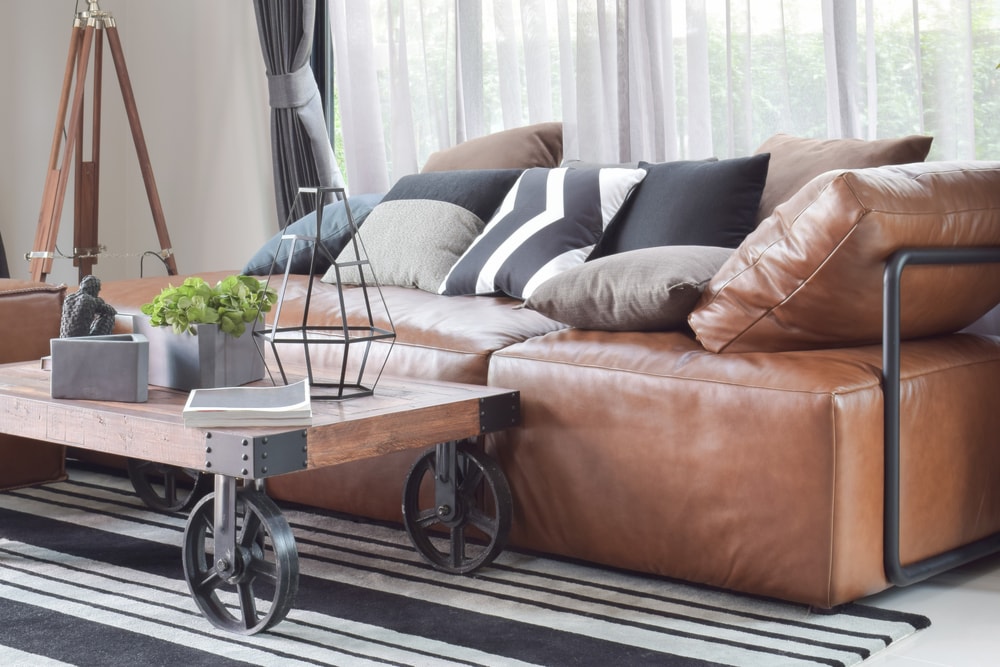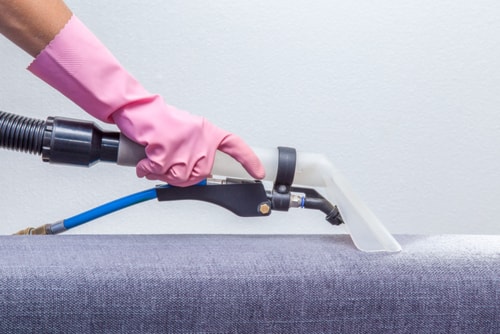We're In-Store! Text or Call us at 877-778-9914
Keeping your Upholstered Furniture looking its Best while Extending its Life
We’ve heard about the benefits of leather furniture - it’s suitable for pets! It’s better for those with allergies! It’s easier to clean! But for those who want to sink into something soft and warm with the “broken-in” feeling we crave at the end of a long day, many believe that nothing beats an upholstered sofa.If you find yourself on “Team Textile,” you’ll want to keep your favorite perch in good condition and looking its best. Fortunately, the job is simple if you are mindful of these seven steps:

Choose the Right Fabric. A tight weave and high thread count combine to create a denser fabric, resulting in a longer lasting product. Synthetic fibers such as nylon and polyester withstand heavy usage the best, and if pets do make their way onto your upholstered furniture, choosing an option without loose weaves will hold up better.
Protect It. The first line of defense is prompt attention to spills. Most fabrics undergo a finishing process, where soil and water repellents are added. A quick response to accidents allows you to leverage the protection embedded in the product at purchase.

Turn Cushions. It sounds too easy to be true, but this simple act of rotation will extend the life and look of your upholstered furnishings. Turning them allows for even distribution of wear and tear, and avoids indentations. “Fluffing” cushions while flipping them is another helpful step to avoid the dreaded “derriere dent.”

Vacuum. Vacuuming upholstered furnishings weekly can prevent dirt from getting embedded in the fibers. A soft-bristled brush provides a similar effect - it can whisk soil away. Just be sure the bristles are flexible enough so they don’t snag the fabric.
Spot Clean. When an accident happens, blot spills immediately, resisting the urge to vigorously rub the spot. If a stain remains, consider a product designed for cleaning fabric. Check the manufacturer’s instructions to see if a water-based or solvent-based cleaner should be used. Apply detergent in a circular motion with a soft brush to work the product into the fibers; finish by vacuuming the area when dry. Avoid Sunlight and Pollutants. Excess sun can damage fabric, causing fading and even deterioration of upholstery. Silks and delicate fabrics are at highest risk. Proper room ventilation is another variable in fabric care - it can prevent upholstered furniture from absorbing odors, such as those from smoking and cooking.
Call a Pro. Maintenance is the key word when it comes to effective care of your upholstery. If you stay on top of upkeep by bringing a professional cleaning contractor in every few years, you will increase your chances of keeping your furniture looking as good as possible for as long as possible.
